December 7, 2015
Ambitious commitments made by Green Building Councils at COP21 0
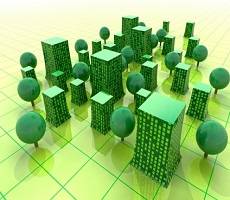 A total of 25 Green Building Councils from around the world have unveiled commitments reduce greenhouse gas emissions and ensure that the building and construction industry plays its part in limiting global warming to 2 degrees. More than 1.25 billion square metres of buildings – almost double the size of Singapore – will be registered, renovated or certified as green building space over the next five years, under ambitious commitments made by Green Building Councils at COP21 in Paris. Green building is one of the most cost-effective solutions to climate change, which generates significant environmental, economic and societal benefits. A new alliance of 16 countries and over 60 organisations, known as the Global Alliance for Buildings and Construction (which includes WorldGBC, its 74 Green Building Councils and their 27,000 member companies) is now committed to help countries meet their Intended Nationally Determined Contributions (INDCs) through green building.
A total of 25 Green Building Councils from around the world have unveiled commitments reduce greenhouse gas emissions and ensure that the building and construction industry plays its part in limiting global warming to 2 degrees. More than 1.25 billion square metres of buildings – almost double the size of Singapore – will be registered, renovated or certified as green building space over the next five years, under ambitious commitments made by Green Building Councils at COP21 in Paris. Green building is one of the most cost-effective solutions to climate change, which generates significant environmental, economic and societal benefits. A new alliance of 16 countries and over 60 organisations, known as the Global Alliance for Buildings and Construction (which includes WorldGBC, its 74 Green Building Councils and their 27,000 member companies) is now committed to help countries meet their Intended Nationally Determined Contributions (INDCs) through green building.





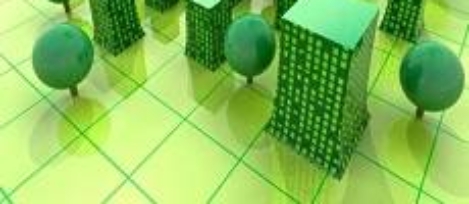

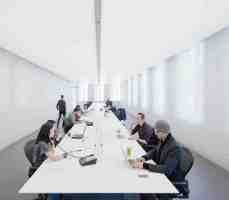
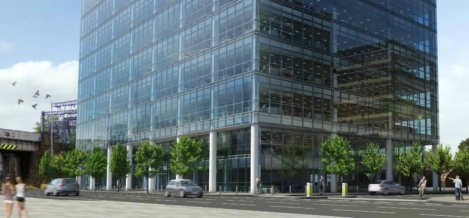
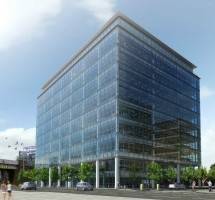





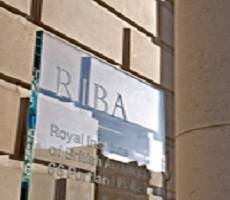
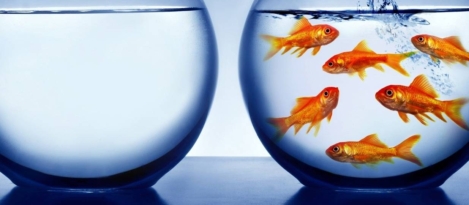


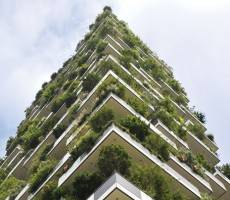




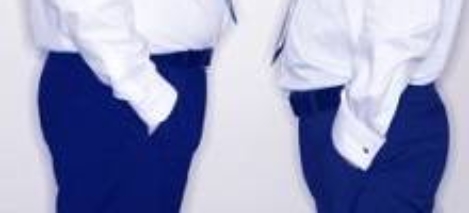










December 8, 2015
Linear equations are no longer enough to determine the size of offices
by Mark Eltringham • Comment, Facilities management, Furniture, Technology, Workplace design
In 2013, the US Census Bureau announced that the official human population of the Earth had exceeded 7 billion for the first time. This provoked people to raise concerns that were couched in Malthusian pessimism. Although people might have assumed we’d left behind this kind of flawed thinking, there is obviously something appealing about the idea that exponential population growth is unsustainable when resources increase only in arithmetical terms. We’ve got a problem but what we should have learned in the two centuries since Thomas Malthus first popularised the idea is that there are complex factors that can influence the resources we need to survive, not least in terms of greater efficiency in the way we produce them. A similar debate is also apparent in the way in which the commercial property market is able to offer the right sort of buildings for modern organisations.
(more…)